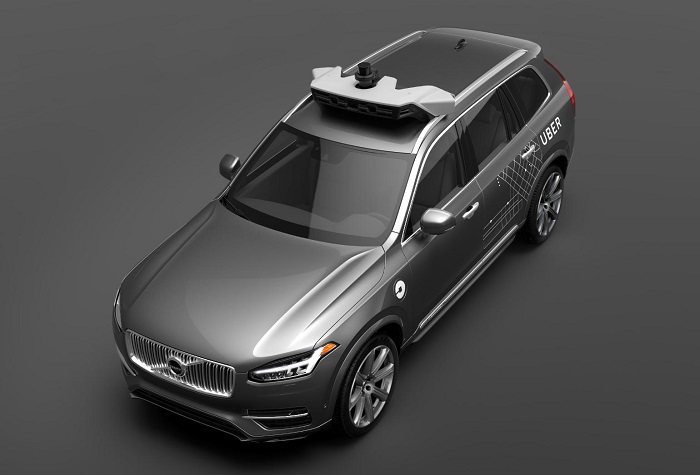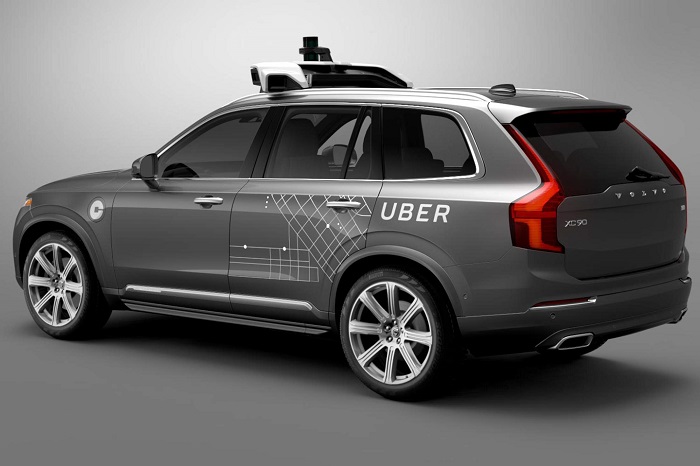While Google and Tesla continue to grab headlines around the progress they’re making in the autonomous vehicle front, ride-sharing firm Uber has quietly been working on its own solution and without much fanfare.

In early 2015, it was announced that the company would be exploring autonomous vehicle technology; earlier this year, Uber officials stated publicly that they were testing their vehicles out in Pittsburgh, PA. Now, the company has catapulted from a company quietly going about its business to the main topic of discussion, as it was just announced that it is ready to deploy a number of driverless vehicles for Uber users in the Pittsburgh-area.

The company has outfitted a fleet of 100 Volvo XC90s with self-driving equipment, which runs counter to what other companies like Tesla are doing (they are trying to bake the technology into the vehicle itself). Instead, Uber has gone the route of adding it to the existing vehicle; specifically, in the trunk of the vehicle. Here, a liquid-cooled computer will sit and collect data as the car moves and compare the incoming information with what it sees with preexisting maps to identify and ultimately avoid pedestrians, cyclists, animals, and anything else that gets in the way.
Once the fleet hits the Pittsburgh streets, customers who are transported in an autonomous vehicle will be selected at random; should they choose to take the ride, it will be for free.
Now, it should be noted that the self-driving cars will not be without drivers. Each one will have an engineer behind the wheel to take control of the vehicle should it be necessary. There will also be a co-pilot in the car taking notes on the vehicle’s performance, driving behavior, and whether or not human interference was required for the safe transportation of the Uber passenger.
There’s little known about the actual hardware and programming involved in these Uber kits. What is known is that earlier this year, Uber acquired start-up company Otto, which was working on self-driving technology for trucks. Upon review of the technology’s performance, many in the industry found that Otto had developed something truly unique, as the researchers there were able to figure out a way to outfit existing trucks with autonomous driving technology for the purpose of turning a normal truck into a self-driving vehicle.
According to Bloomberg, Uber adapted Otto’s technology to create a lidar (laser detection) system to power the autonomous Uber vehicles.
Beyond the technology that Uber acquired from Otto, also worth noting is the talent that came with the acquisition. The company was founded by former Google employees Anthony Levandowski, Lior Ron, Don Burnette, and Claire Delaunay. Levandowski spearheaded much of Google’s self-driving car efforts, and Ron served as an executive on Google Maps as well as Motorola. The rest of the staff all came with impressive credentials from notable automotive firms, including Google, Tesla, and Apple.
The deal is in the final stages of completion, at which point Levandowski will take over Uber’s R&D efforts in the autonomous vehicle space. Additionally, two new R&D centers will open for the purpose of ramping up the company’s time-to-market.
“We were really excited about building something that could be launched early,” Levandowski told Bloomberg of why he left Google. Additional comments in the interview alluded to frustration he experienced with Google — specifically, with how slow the company was in getting an actual autonomous vehicle to the public.
How safe Uber’s approach is remains to be seen. The good news, though, is there won’t be much waiting — we’ll all see soon enough.
Via Bloomberg
Advertisement
Learn more about Electronic Products Magazine





